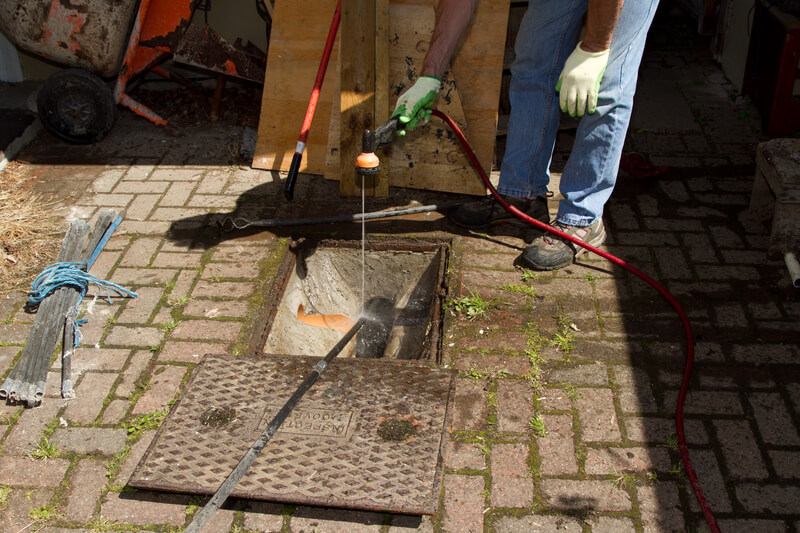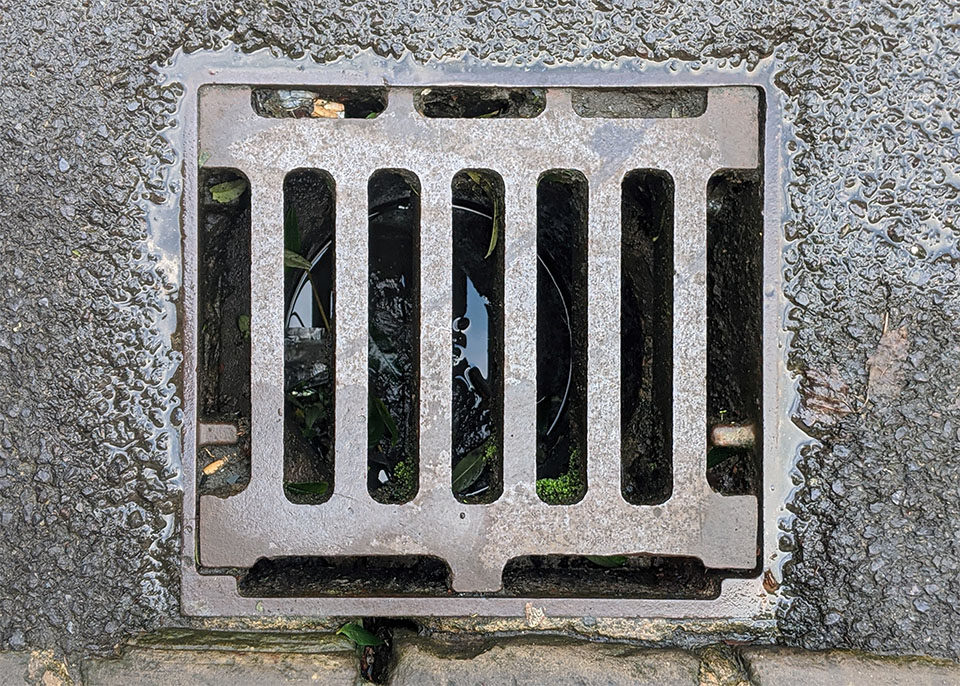Advice for Handling a Blocked Drain Before Hiring Expert Plumbers
Advice for Handling a Blocked Drain Before Hiring Expert Plumbers
Blog Article
We have stumbled upon the article about Some easy tips to fix blocked drains listed below on the web and thought it made sense to share it with you on this page.

Introduction
Managing an obstructed drain can be a frustrating experience, interrupting day-to-day activities and potentially triggering damage to your residential property. Nonetheless, before reaching out to pipes professionals, there are steps you can require to deal with the concern on your own. In this guide, we'll explore do it yourself solutions and preventive measures to tackle an obstructed drain properly.
Determining the Problem
The very first step in dealing with an obstructed drainpipe is acknowledging the signs. Sluggish water drainage, gurgling sounds, foul odors originating from drains pipes, or water support up are common signs of an obstructed drain. Identifying these indications early can help protect against additionally problems.
Selecting the Right Pipes Solution
When choosing a plumbing service, take into consideration factors such as experience, licensing, and customer reviews. Choose a credible plumbing with a performance history of high quality workmanship and clear prices practices.
Price Considerations
The price of specialist drainpipe cleaning services can differ depending on the severity of the blockage and the plumber's rates. Demand quotes from several companies and ask about any type of service charges to guarantee openness and stay clear of surprises.
Security Precautions
When attempting DIY drainpipe cleansing, focus on safety. Use protective gloves and eyeglasses to avoid contact with hazardous chemicals or germs. Never blend various drain cleaning items, as this can create hazardous fumes.
Situation Studies
Real-life examples show the efficiency of do it yourself options and the relevance of prompt specialist treatment in fixing drainpipe blockages.
Usual Sources Of Obstructed Drainpipes
Understanding the elements that add to drain pipes clogs is vital for effective resolution. Common culprits include hair, soap scum, grease, food particles, and international items like sanitary products or paper towels. Tree roots attacking below ground pipelines can likewise create substantial obstructions.
Do it yourself Solutions
For minor obstructions, several do it yourself solutions can be effective. Putting boiling thin down the drainpipe can aid liquify oil and debris. Baking soda and vinegar or a blend of salt and baking soft drink can serve as natural cleaners. Making use of a plunger or pipes serpent to dislodge obstructions is one more choice.
Tools and Equipment
Having the right devices on hand can make DIY drainpipe cleansing a lot more effective. A bettor is a versatile tool for clearing blockages in sinks, bathrooms, and showers. A plumbing serpent or auger can reach deeper clogs, while drain cleansing chemicals can be utilized cautiously for persistent obstructions.
Preventive Measures
To prevent future blockages, taking on safety nets is crucial. Install drainpipe guards or filters to capture hair and particles before they get in the pipes. On a regular basis flush drains with warm water to dissolve oil buildup, and stay clear of disposing of oil or strong waste away.
When to Call a Professional
While DIY services can solve small blockages, specific signs indicate the requirement for specialist help. Relentless clogs, foul odors in spite of cleansing initiatives, or numerous drains supporting concurrently are warnings that call for skilled treatment.
Final thought
By complying with the pointers outlined in this overview, you can properly deal with blocked drains pipes and prevent future plumbing issues. Whether going with DIY solutions or seeking professional assistance, timely action is vital to maintaining a healthy pipes system and maintaining the integrity of your home.
How to Clear a Clogged Drain Yourself (And When to Call In the Professionals)
What Can Clog a Drain
Dirt Skin flakes Hair Grease Soap scum Food Offset pipes Tree roots Small objects Mineral buildup DIY Tricks to Unclog a Drain
You can fix this! Once you have identified the source of the clog (or have a vague idea), you can try one or a combination of these fixes in order to clear your plumbing.
Wire Hanger or Snake
Untangle and clear out hair from a drainpipe with a homemade snake. Use a straightened-out wire hanger with a 90-degree angle hook to locate the clog and drag out any unwanted material.
Remember not to push the clog further down to where the wire hanger cannot reach! If you need to follow up with a plunger, give it a try. Your efforts might be more successful after it’s been wire-snaked.
If you want to get fancy and don’t have a wire hanger to spare, head to the store and pick up a hand-operated drain snake. You can get one for $10-$30. It may save you the hassle, and provide additional length to reach deep into the clogged pipe.
Plunger
A cup plunger has a suction cup attached to a wooden handle. The rubber creates a seal around the drain, and increases the pressure force of the plunger.
Plunge for 30-second increments to loosen the clog. This may need to be repeated over the course of 15-20 minutes. Once plunged, run the water to flush the remaining material out of the drain.
Remember– never use a plunger if you have used a chemical drain cleaner. These chemicals can splash up from the force of the plunger and cause serious injury or burns.
Boiling Water
Hot water can sometimes break up materials into a flushable amount. Dirt, grease, and soap buildup requires heat in order to unstick from surfaces.
Take your kitchen kettle and heat your water to a boil. Once it reaches a rolling boil, pour it directly down the drain into the blockage. Carefully follow with plunging, if necessary.
Don’t worry if this takes more than one try! It can often take multiple kettles and repeated plunging in order to clear a particularly stubborn clog.
Chemical Drain Cleaner
As a last resort, pick up a bottle of chemical drain cleaner. Drain-cleaning chemicals are potent, and not very good for the environment.
You may need to wear protective eyewear in gloves before handling your bottle of chemical drain cleaner. Follow the instructions printed on the bottle, and flush with water as soon as the instructions allow. Do not follow with plunging.
Baking Soda and Vinegar
As a safer alternative to chemical drain cleaner, baking soda and vinegar can create a chemical reaction that clears tough clogs.
Combine one cup of cleaning vinegar with one cup of boiling water, and set aside. Once you have done this, pour half a cup of baking soda down the drain. Give the baking thirty seconds to settle and cover a large portion of the problem drain.
Following the baking soda, pour down your vinegar and hot water solution. Once the vinegar and baking soda combine, the mixture will bubble and fix. Let this reaction fizzle in the drain for about an hour.
After an hour, follow with a kettle’s worth of hot water. The heat and liquid should flush out any remaining material.
When to Call a Plumber
If your DIY attempts haven’t cleared your clog drain, it’s time to call in a professional. It’s not worth losing access to your kitchen sink or high-traffic bathroom. A clog in a vital area can keep you from the things you’d rather be doing, and derail your routine.
Anytime a clog is causing water to spread is a time to call in a plumbing service. What starts out as a little bit of water can quickly grow into serious, expensive water damage.
Additionally, a serious clog can result in burst pipes or serious leaks. Make sure you know when to take it seriously!
https://myguysnow.com/how-to-clear-a-clogged-drain-yourself-and-when-to-call-in-the-professionals/

I have been very serious about How to handle a clogged drain in your home and I am assuming you enjoyed reading the blog posting. Those who enjoyed our article plz do not forget to share it. Many thanks for taking the time to read it.
Quote & Schedule Report this page